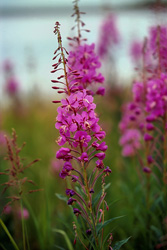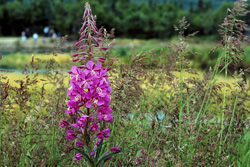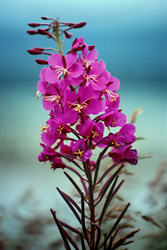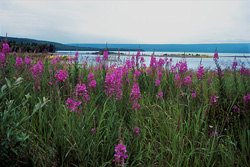Discover the Narrow-leaved Willow Rose: An in-depth exploration of this unique plant, its botanical characteristics, habitats, and ecological significance for sustainable environmental balance and biodiversity.
Narrow-leaved Willow Rose is a remarkable plant belonging to the willow family. This species is characterized by its slender leaves and delicate, rose-like flowers that thrive in various moist habitats such as riverbanks, wetlands, and swamplands. The adaptability of the Willow Rose to different climates and soil conditions makes it a crucial component of biodiversity in these ecosystems. Additionally, the Willow Rose plays an essential role in ecological balance by serving as a food source for numerous insects and other wildlife. The plant is also renowned for its phytotherapeutic properties, being used in traditional medicine for various healing purposes. Research indicates that the Willow Rose contains potentially valuable biochemical compounds that could be of interest in developing new pharmaceutical products. Furthermore, the Narrow-leaved Willow Rose aids in soil erosion prevention through its extensive root systems, which stabilize the soil and support water retention. The plant also serves as an indicator of wetland health, as it is sensitive to environmental changes and pollution. In landscape design, the Willow Rose is often valued for its aesthetic qualities and its ability to create attractive and ecologically valuable green spaces. Sustainable management and protection of the Narrow-leaved Willow Rose are crucial for maintaining ecological integrity and promoting environmental resilience in affected regions. Overall, the Narrow-leaved Willow Rose is a fascinating plant with diverse applications and significant ecological roles that are of great interest to both science and practical utilization.







